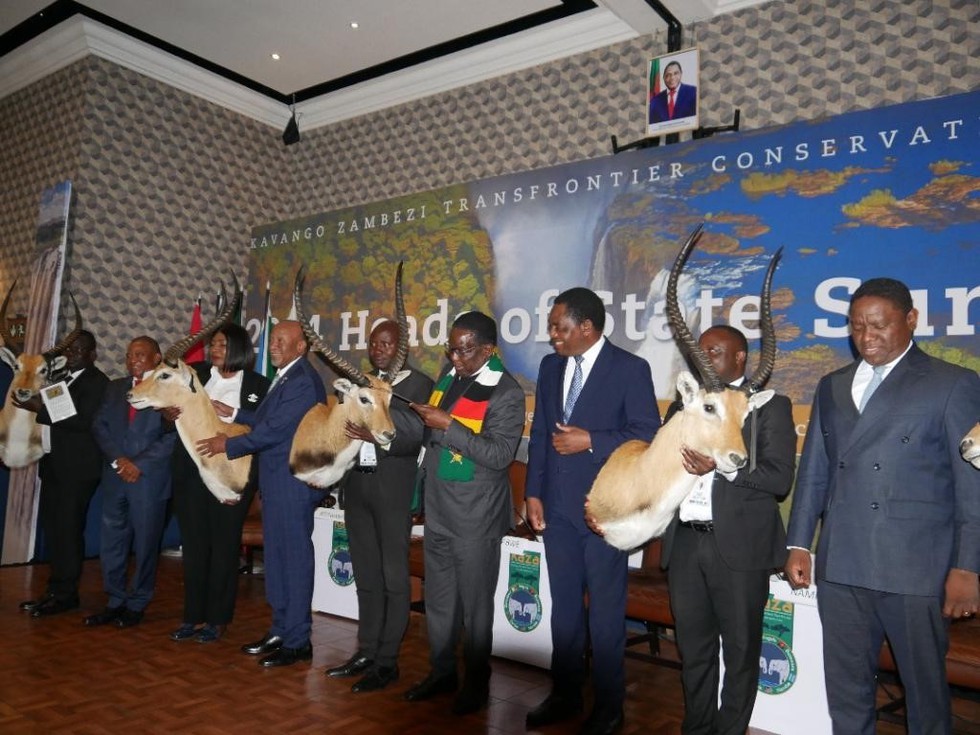
KAZA Summit

04.06.2024
KAZA Summit
|
For Prelims: About Convention on International Trade in Endangered Species of Wild Fauna and Flora (CITES), Appendix of CITES, Ivory Trade, |
Why in the news?
At the KAZA Summit 2024, leaders of the Kavango-Zambezi Trans-Frontier Conservation Area (KAZA-TFCA) decided to oppose the ivory trade ban at the CoP 20 of CITES.
About Convention on International Trade in Endangered Species of Wild Fauna and Flora (CITES)
- It is an international agreement between 184 governments to ensure that international trade in wild animals and plants does not threaten the survival of the species.
- The convention entered into force in 1975. India has been a CITES Party since 1976.
- All import, export and re-export of species covered under CITES must be authorized through a permit system.
Appendix of CITES:
- Appendix I: Prohibits commercial trade of critically endangered species.
- Appendix II: Regulates trade to prevent over-exploitation.
- Appendix III: Protects species under national laws.
- Every two years, the Conference of the Parties (CoP), the supreme decision-making body of CITES, applies a set of biological and trade criteria to evaluate proposals from parties to decide if a species should be in Appendix I or II.
Ivory Trade:
- It is the commercial trade in elephant ivory tusks and other ivory products.
- At least 20,000 African elephants are illegally killed for their tusks each year.
- It threatens elephant survival, harms ecosystems, endangers local communities, and undermines security.
- It has traditionally involved smuggling whole or partial elephant tusks from Africa to Asia, where they would be processed and carved into ivory products.
- The demand for ivory has been fueled primarily by a growing middle class in China, where ivory carving is a longstanding tradition.
Reasons Behind Advocating for Trade Ban Lift:
Southern African leaders seek to lift CITES ivory ban for economic gain, citing $1 billion value. KAZA states hold a $1 billion ivory stockpile, with Zimbabwe's 166-ton stash worth $600 million.
Source: Down to earth
Ques :- With reference to the Convention on International Trade in Endangered Species of Wild Fauna and Flora (CITES), consider the following statements:
1. It aims to ensure that international trade in wild animals and plants does not threaten the survival of the species.
2. India has been a CITES Party since 1976.
3. All import and export of species covered under CITES must be authorized through a permit system.
How many of the statements given above are correct?
A.Only one
B.Only two
C.All three
D.None
Answer C